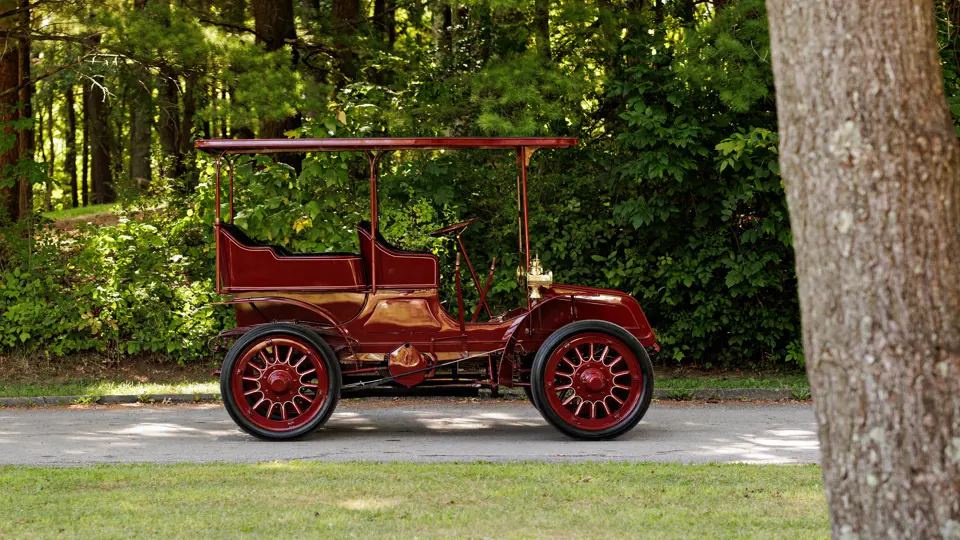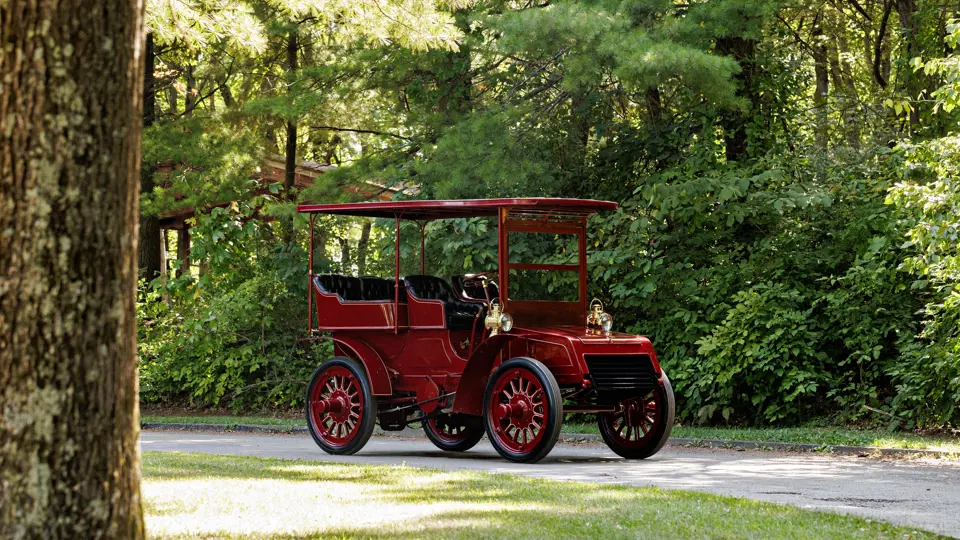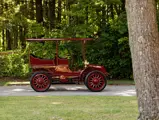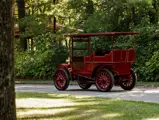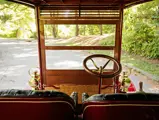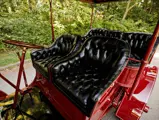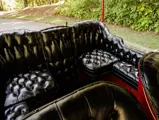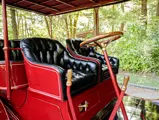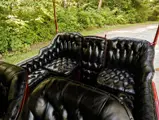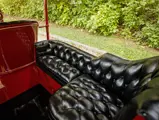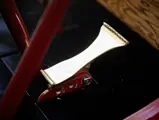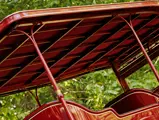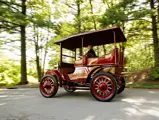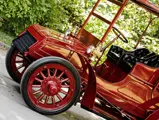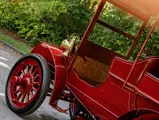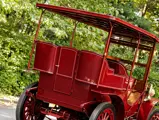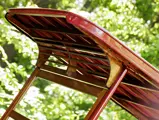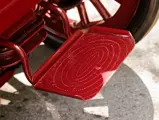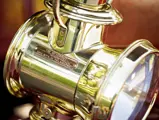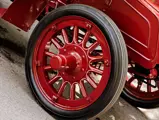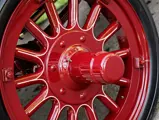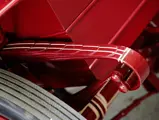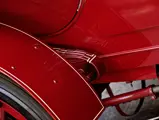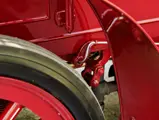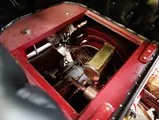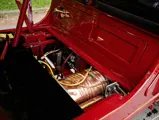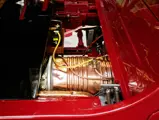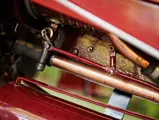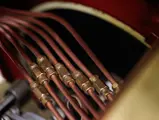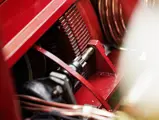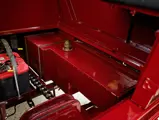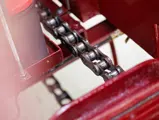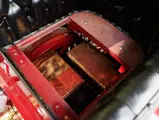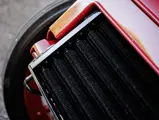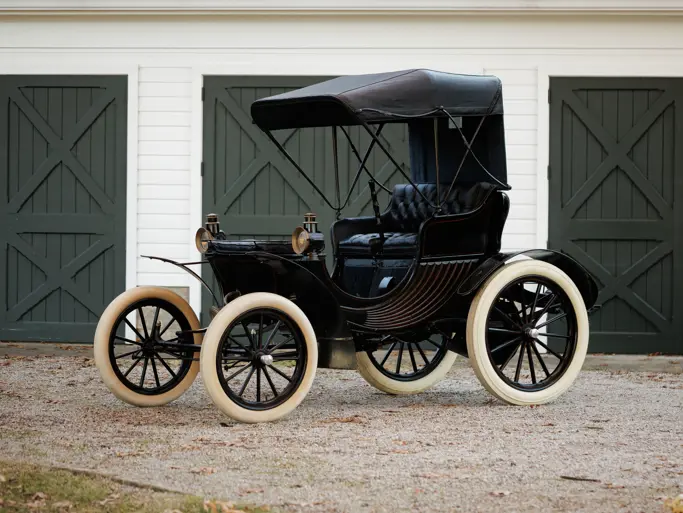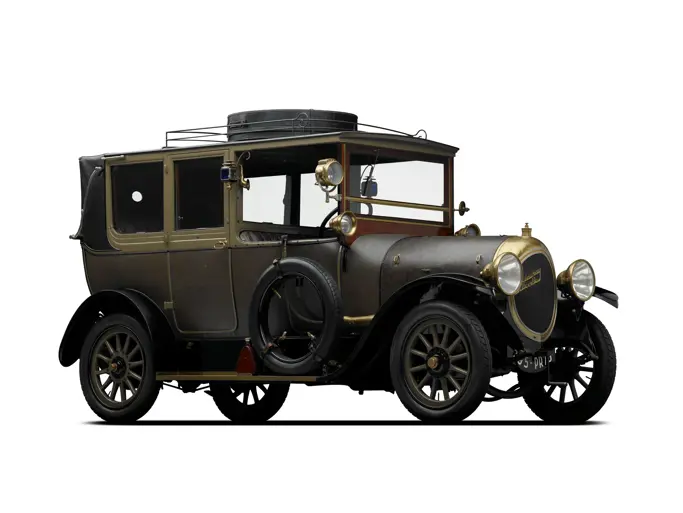
1902 Packard Model G Rear Entrance Tonneau
{{lr.item.text}}
$572,000 USD | Sold
{{bidding.lot.reserveStatusFormatted}}
- The sole surviving twin-cylinder Packard automobile
- Only five owners since new, including 87 years in the Bothwell Collection
- Freshly restored by one of the foremost specialists in Veteran Packards
- With 24 hp, one of the most potent American cars of its era
- An ultimate American London to Brighton entrant, of considerable power, presence, and significance
THE MODEL G
Packard’s early vehicles, built in the company’s hometown of Warren, Ohio, were notable for being well-engineered and solidly designed, setting a tradition that would last for the remaining half-century of the company’s existence. They were grand cars, but, like many of their era, not especially powerful or imposing.
That all changed with the Model G of 1902, which can easily be considered the first “Senior” Packard. A horseless carriage to challenge all comers, it was powered by essentially two Packard single-cylinder engines, mounted in an opposed configuration, with each cylinder measuring 6 by 6.5 inches and fed by two independent carburetors from a pair of fuel tanks, one front and one rear. The 24-horsepower engine and its three-speed sliding-gear transmission—a very modern design for 1902—were mounted in a rugged pressed steel chassis measuring 91 inches from axle to axle and crowned with a tonneau body that could seat up to eight passengers.
Packard sold its Model F of the same era—no slouch in either performance or presence—for $2,500. The Model G’s price tag has never been recorded but was, it can safely be said, far more—indeed, it was likely one of the most expensive American cars of its era. No one could deny, however, that the owner did not get his or her money’s worth. A Model G was driven in the race from New York to Boston in 1902, receiving the gold medal and President’s Cup after effortlessly climbing the most challenging hills (in high gear!) and quite literally outrunning the competition elsewhere. Then, as now, owning a supercar did not come cheap.
SOLE SURVIVOR
The downside of the Model G’s extraordinary cost was that Packard hardly built any of them. It is believed that only four examples were produced, a number that time has winnowed down to just one.
Engine number 2, the last extant Model G, was originally owned by William C. Baker of Cleveland, Ohio, according to historian Tim Martin’s Packards Online. It was returned to the Packard company in 1903 and apparently moved with the company to Detroit. In 1924, Packard sold the car to David Gray, heir to an early major investor in the Ford Motor Company. A noted Southern California sportsman, Mr. Gray owned a Duesenberg Model J and was, ahead of his time, an early enthusiast and gatherer of antique automobiles. In 1930, he sold the Packard to perhaps his most important contemporary in the latter field, Lindley Bothwell.
Owner of Rancho Rinconada, a Los Angeles citrus farm in what is today Woodland Hills, and a manager of other orchards, Mr. Bothwell began collecting cars in the mid-1920s with the acquisition of a “curved dash” Oldsmobile. By the 1940s he had built one of California’s most significant collections of early vehicles. He drove his cars in many of the earliest meets and tours held for “old cars” on the West Coast, and the Bothwell Ranch, as many enthusiasts knew it, would continue to host innumerable events for decades. There were few more significant figures in the early years of the antique automobile hobby.
The Model G was front and center for many of those occasions, as one of the Bothwell Collection’s most prized and important denizens. It was driven in the Horseless Carriage Club of America’s “Field Day” on 7 May 1939—a date reflective of just how long ago this car was already considered something important. After a barn fire in 1949 damaged the original bodywork, it was restored by Otto Timm, the body recreated with great accuracy and the original drivetrain fitted with an electric starter for convenience of operation. With the restoration completed, the car continued to be kept in running order and cosmetically maintained but seldom ventured off the Rancho Rinconada property. Mr. Bothwell passed away in 1987, but his widow Ann continued to maintain the bulk of his collection in the original barns and sheds scattered among the ranch’s lemon trees. Only after her passing was the collection finally dispersed.
This car was acquired in 2017 by the current owner, himself one of the foremost historians and collectors of early Packards. In his skilled and knowledgeable hands, the body has been fully restored with new paint and upholstery and the mechanical components well-serviced, including the fitment of electric start, with the result being that the Model G now appears, as nearly as possible, as it did upon delivery in 1902.
Offered now by its fifth owner, this Model G embodies many identities, all significant. It is, without doubt, the most potent of the early Packards. As the sole surviving Model G, it is the only extant twin-cylinder Packard, and inarguably one of the most important of the company’s vehicles during its founding Warren, Ohio era. Most significant, however, is that it looks, feels, and performs in a remarkable way: a large, powerful, brawny beast, the likes of which are seldom ever available for sale from this era, especially publicly.
Churning down the open road, it looks like and is the king of American “Brighton” cars, an acquisition to be treasured…for 87 years, or so.




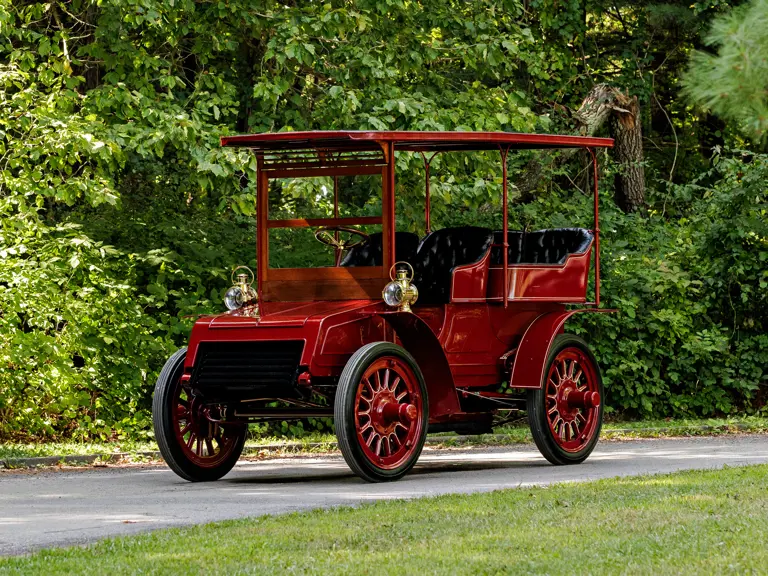

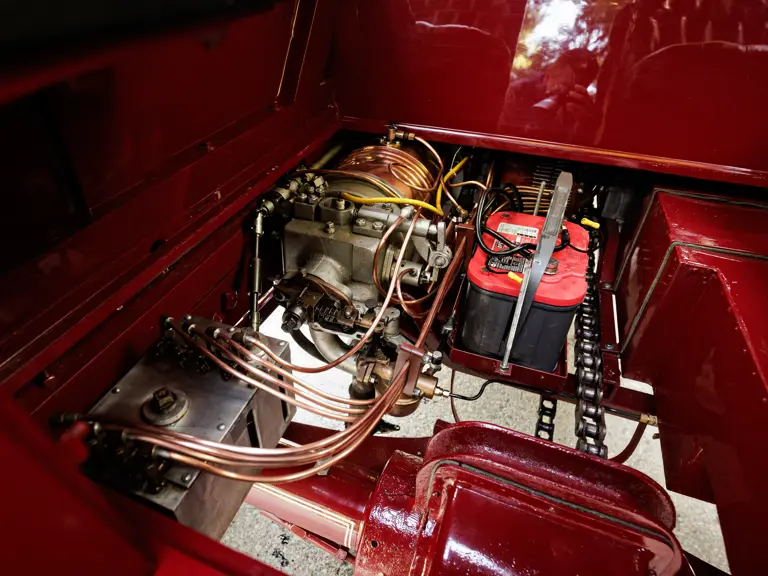
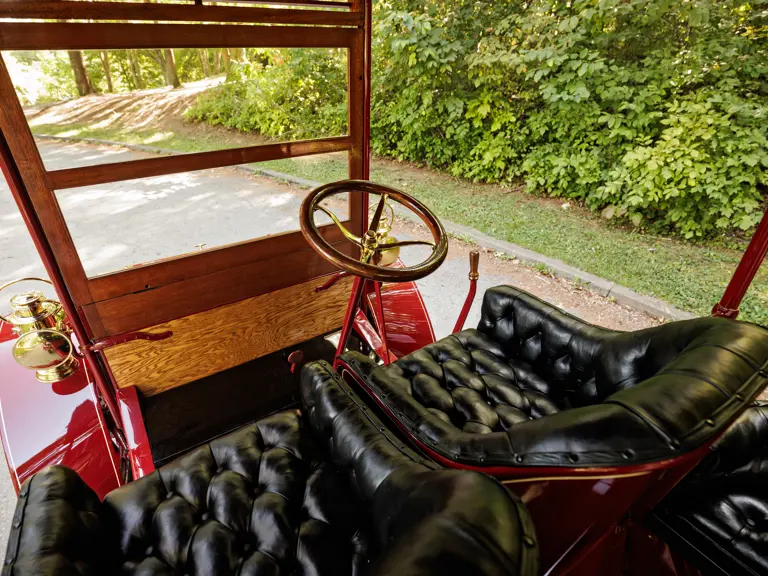


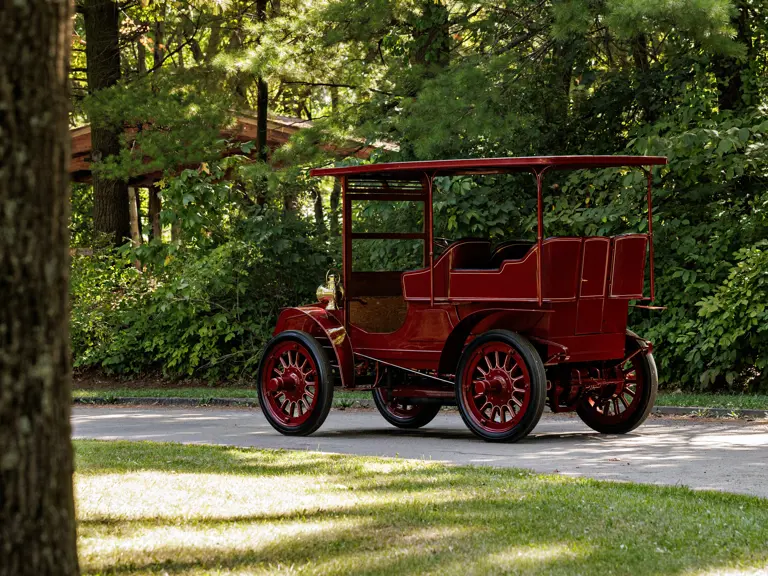


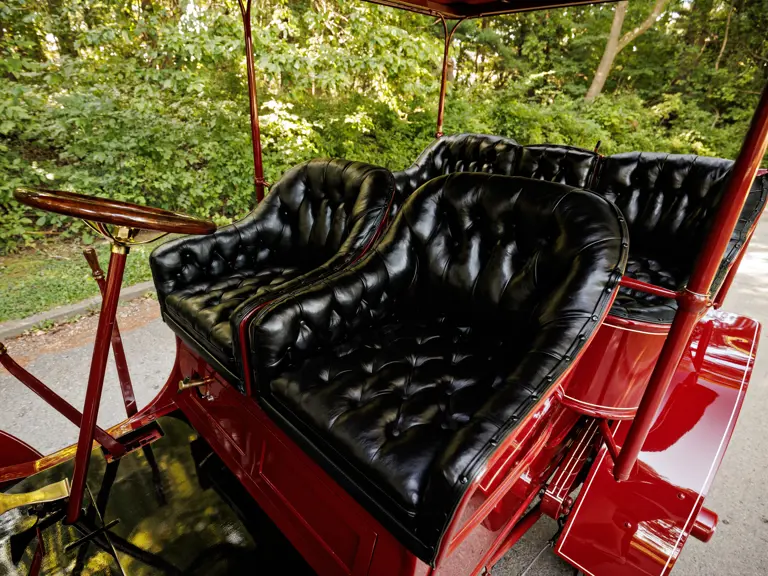

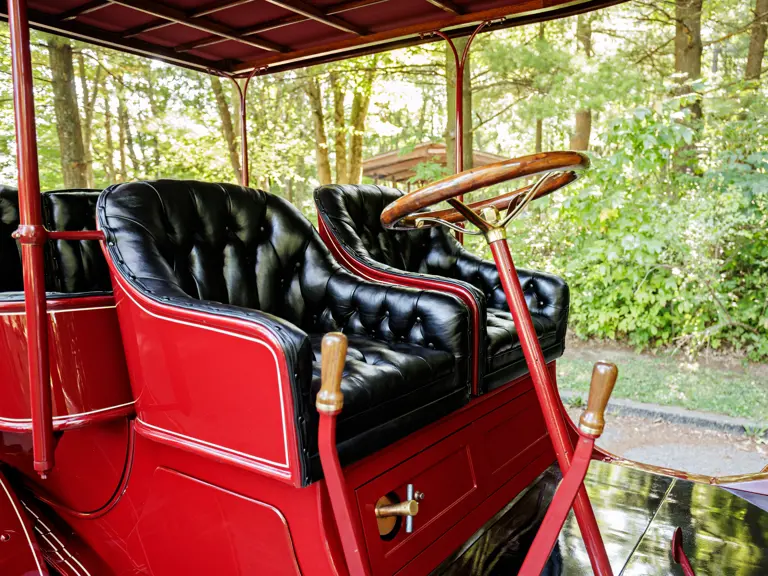
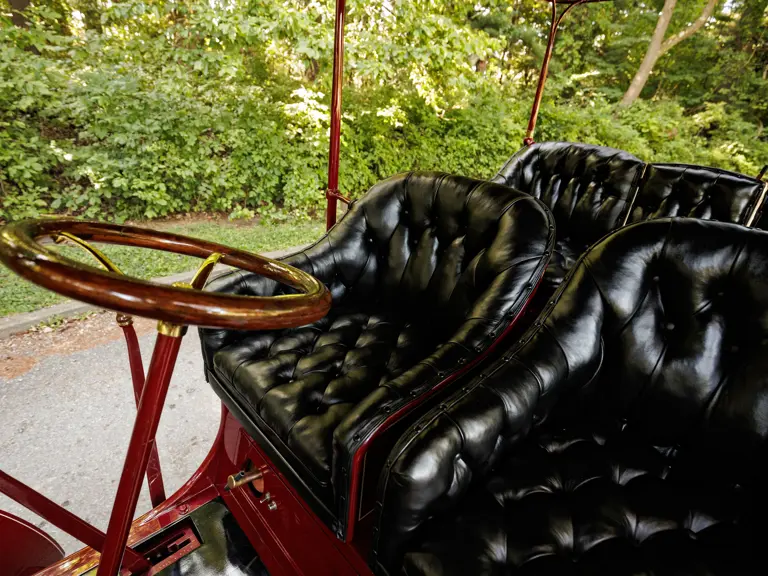
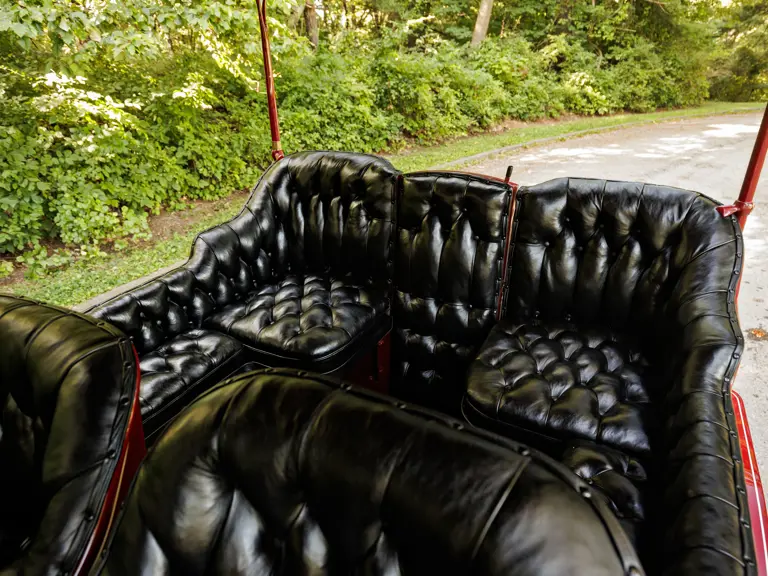
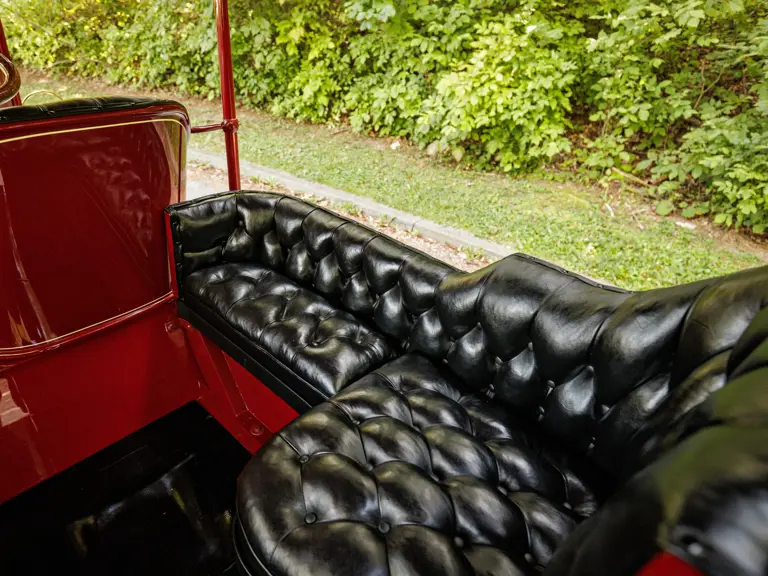
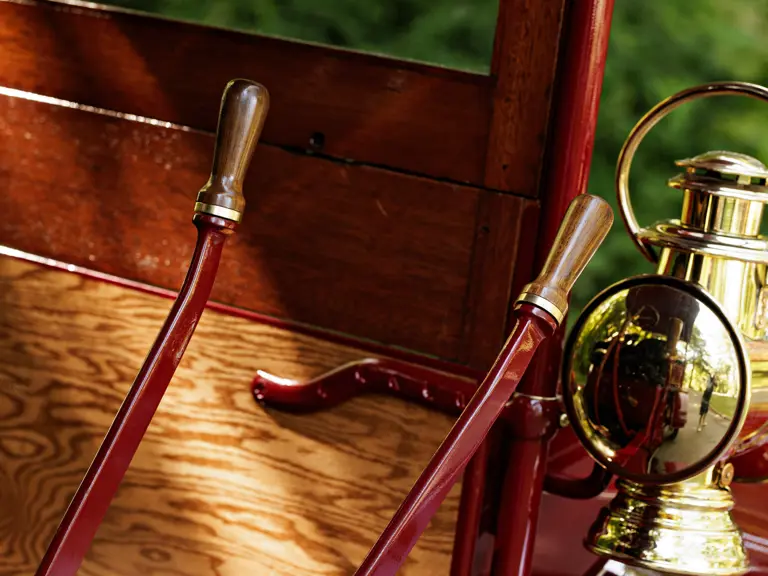

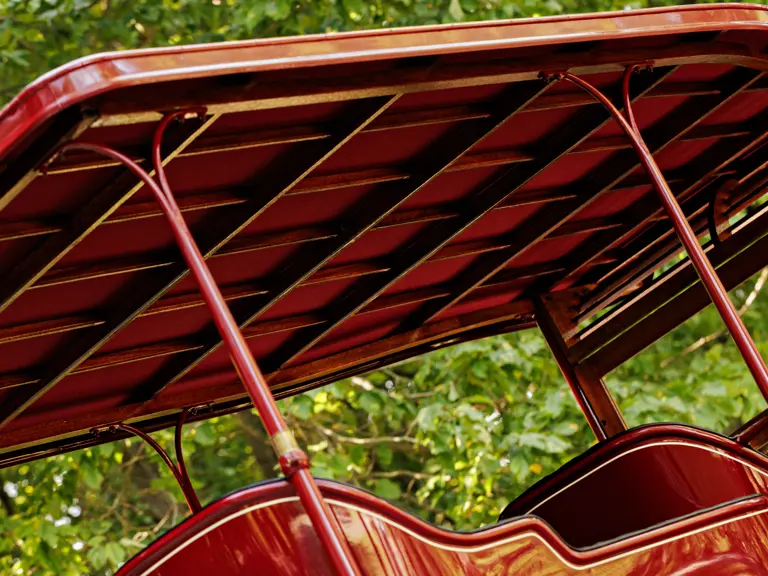

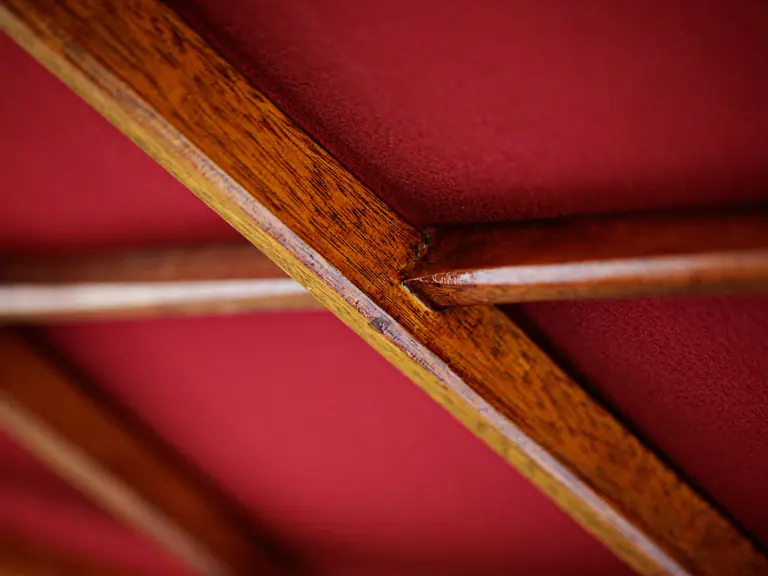

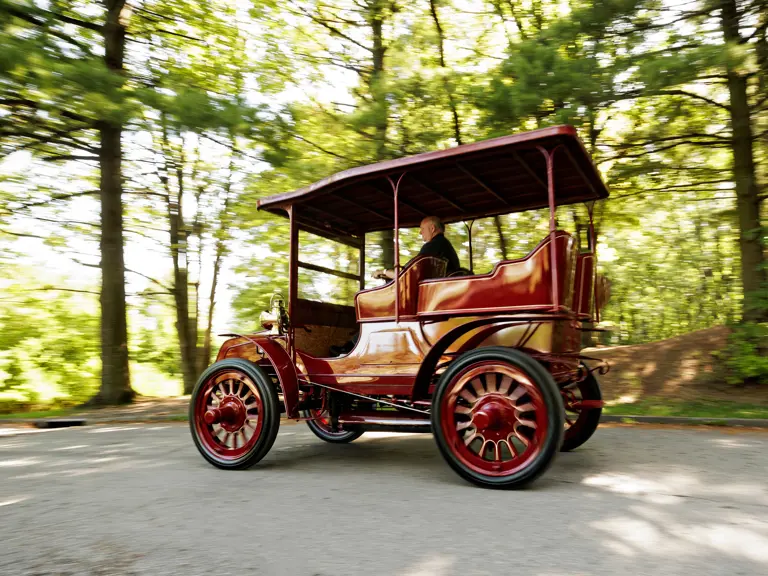
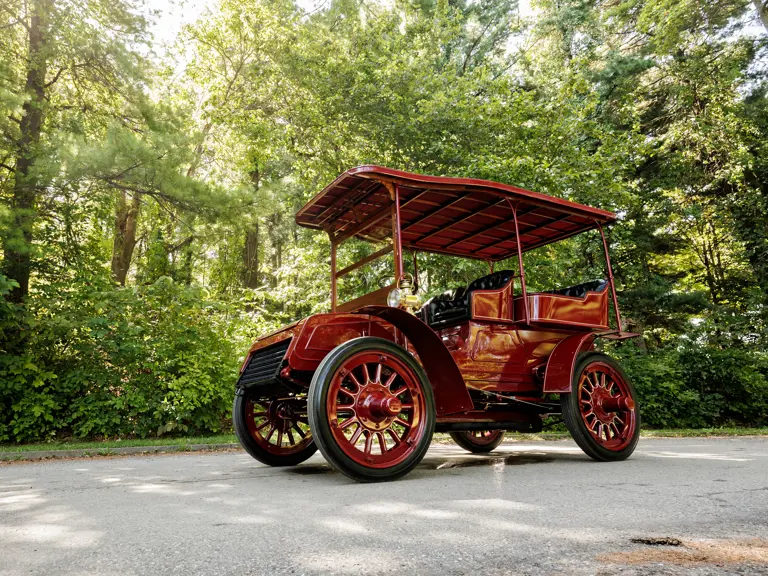
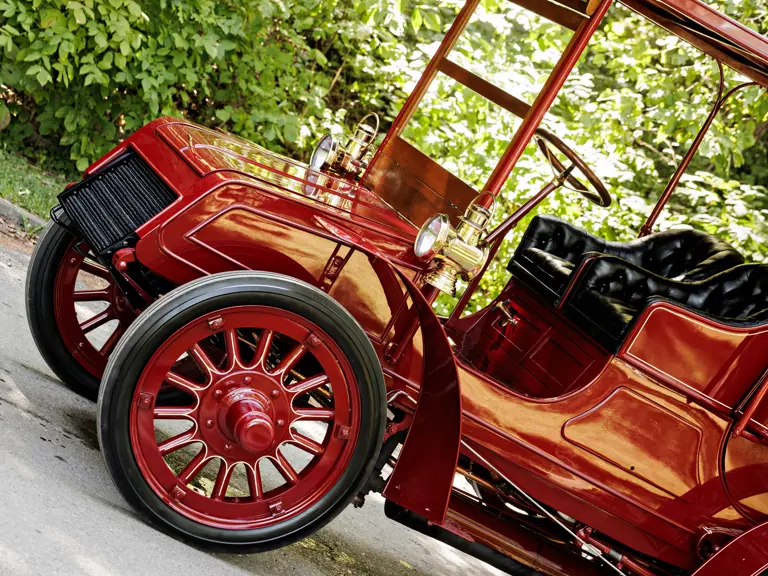





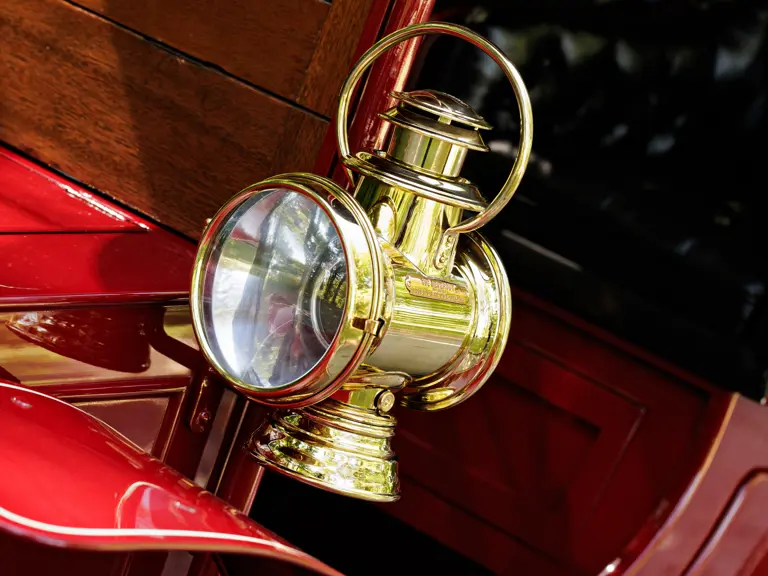
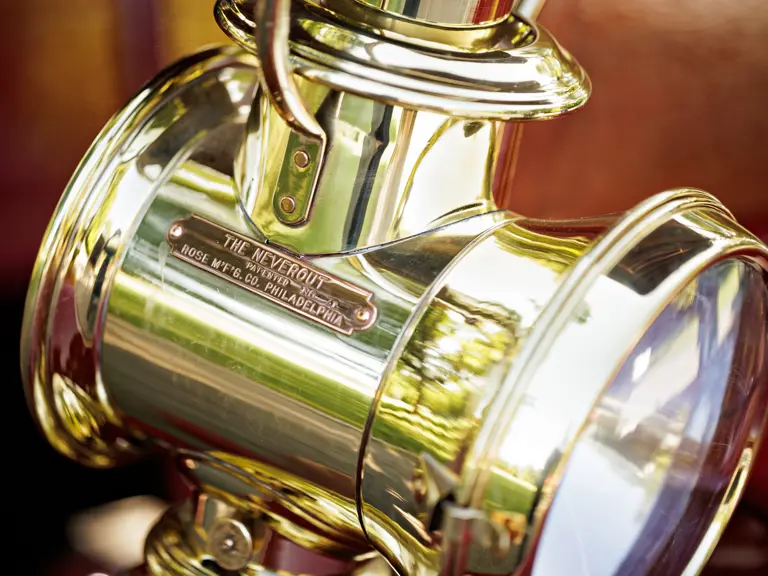

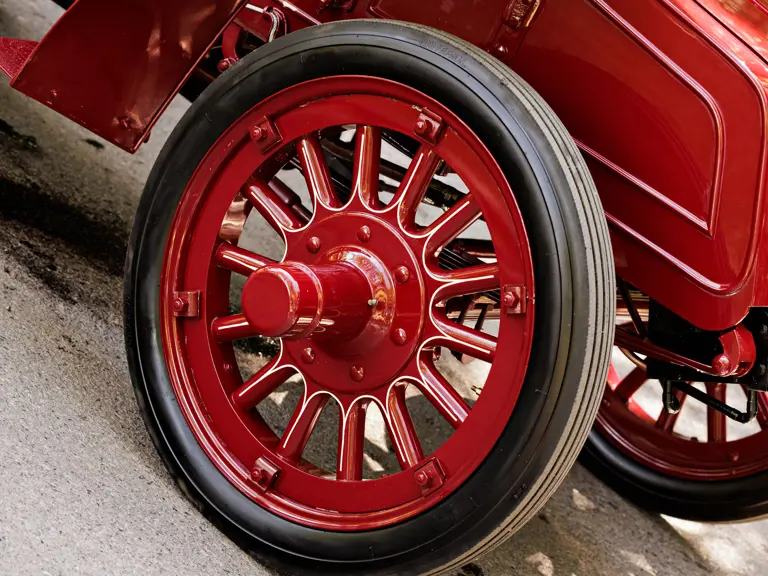
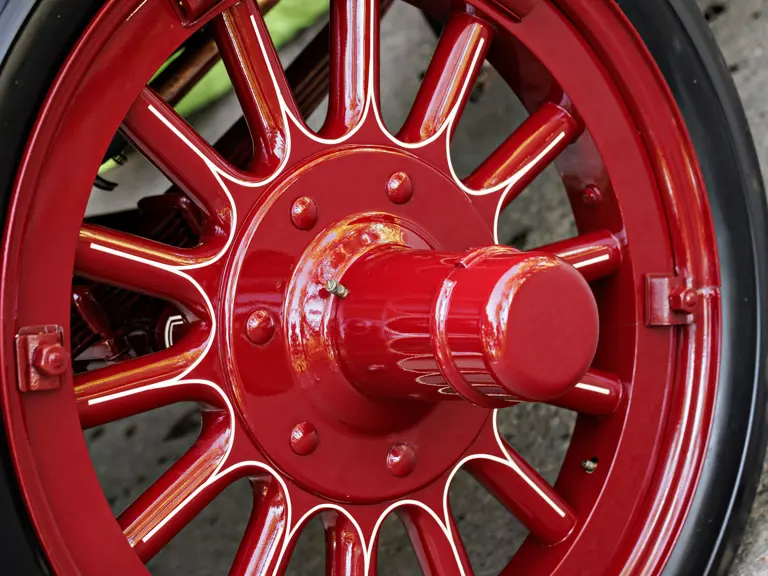
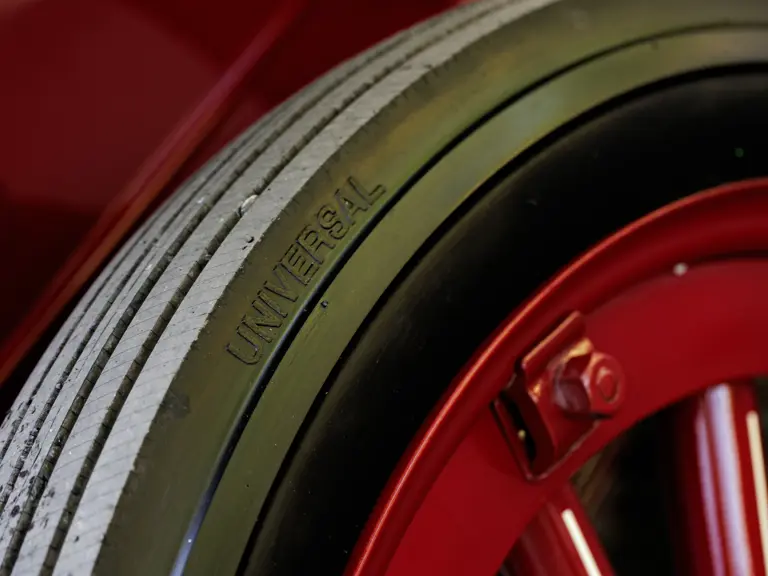



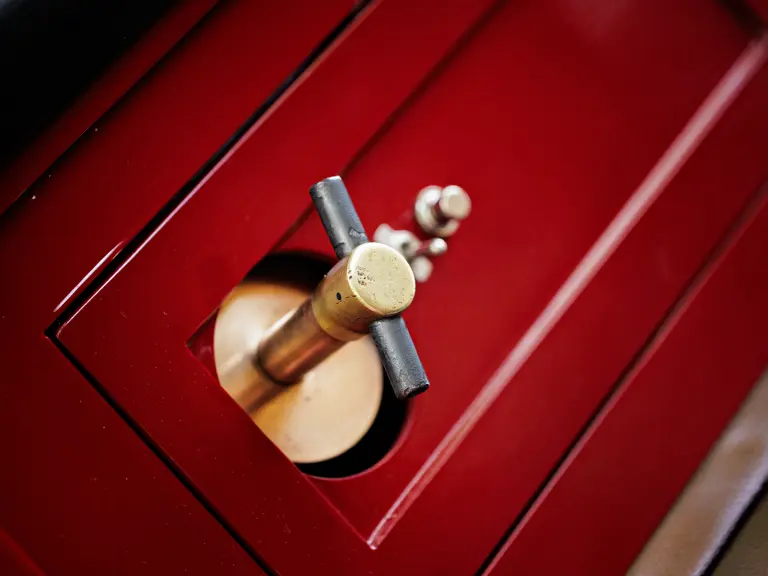

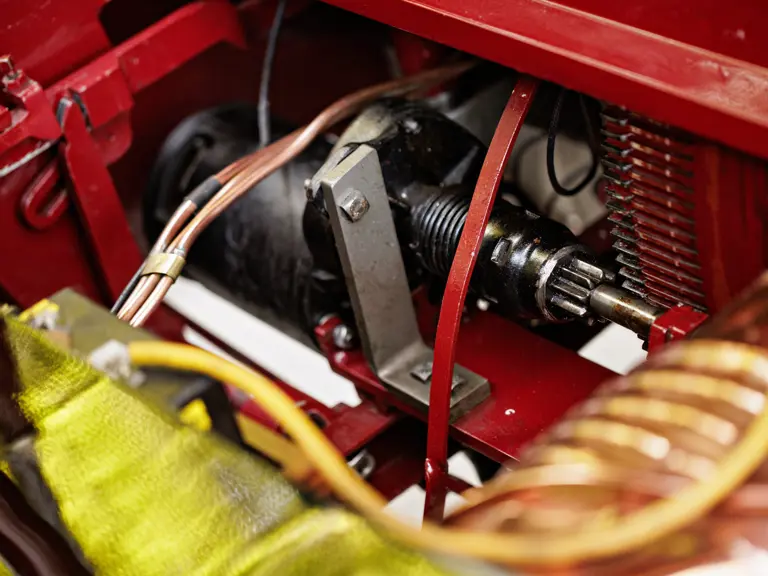

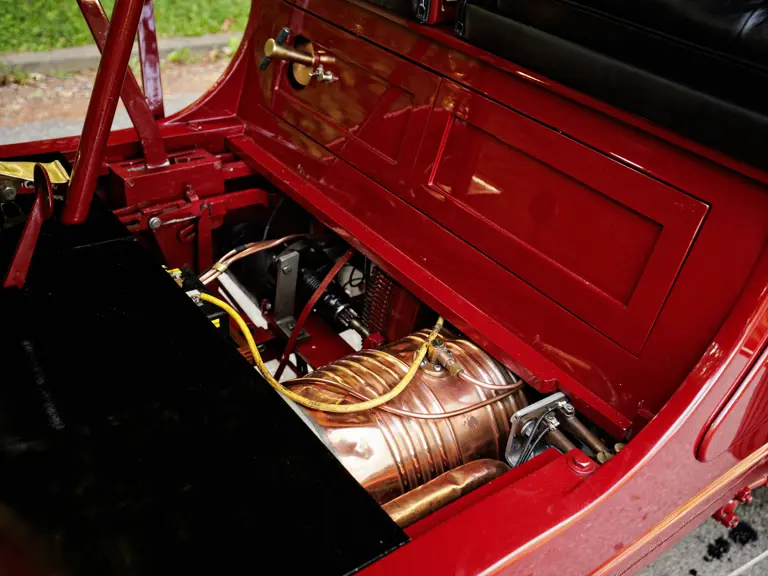

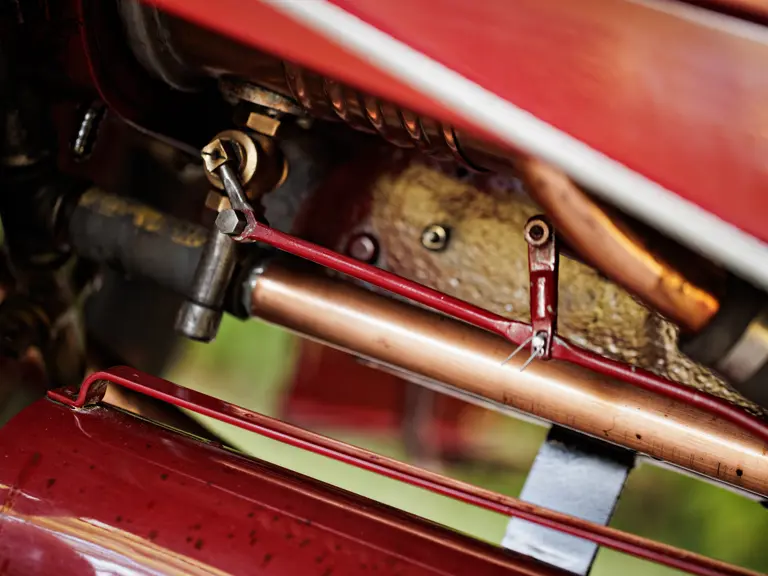
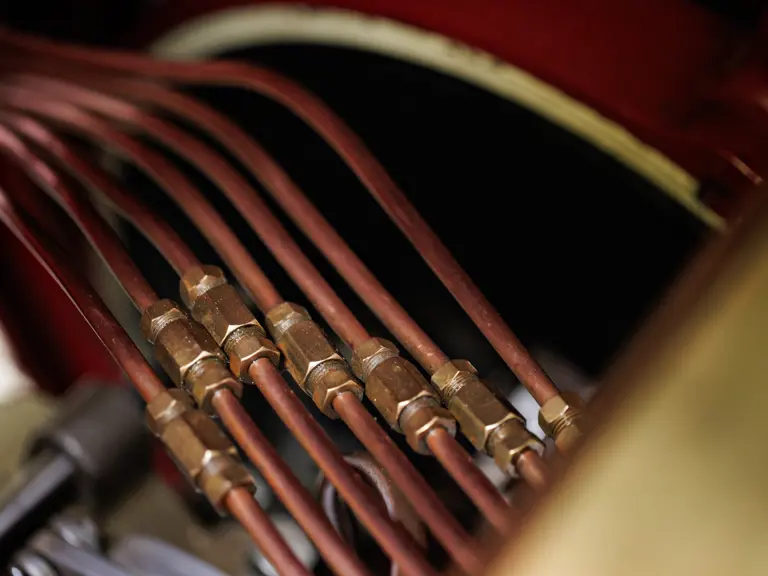
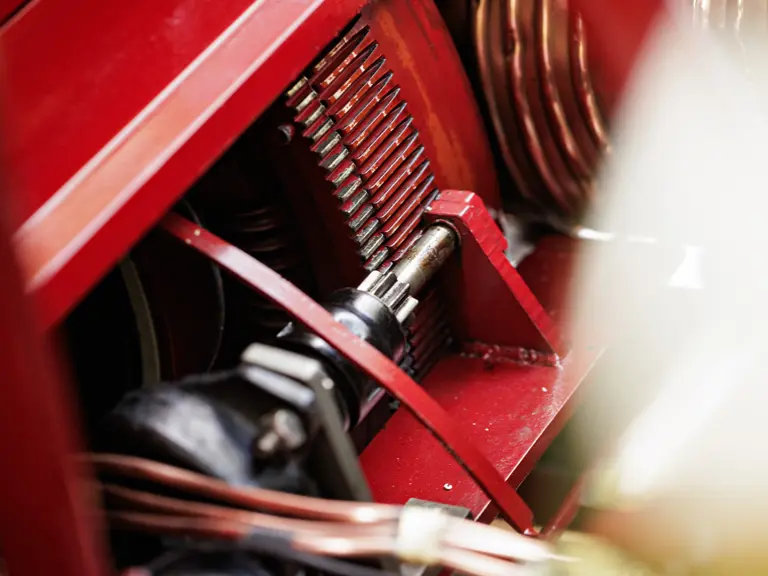
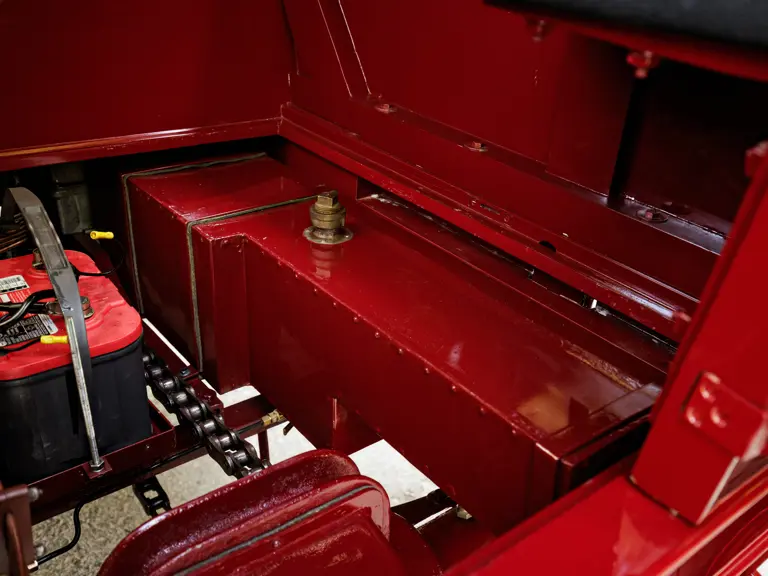
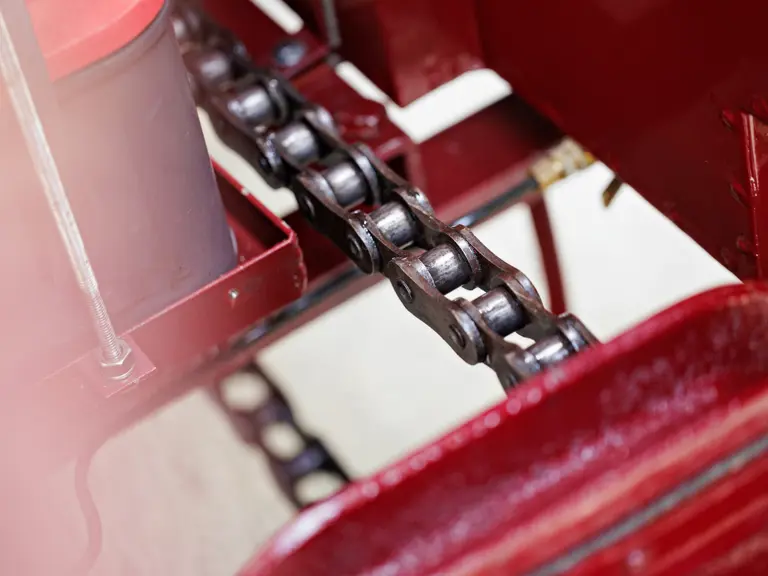

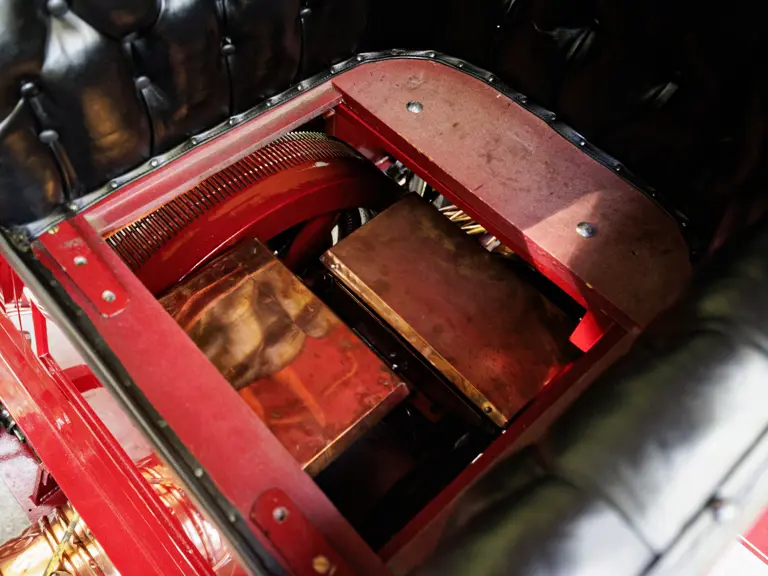

 | Hershey, Pennsylvania
| Hershey, Pennsylvania
